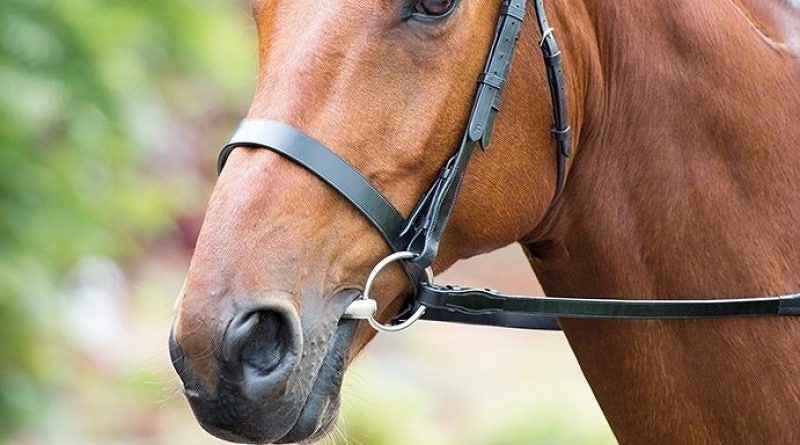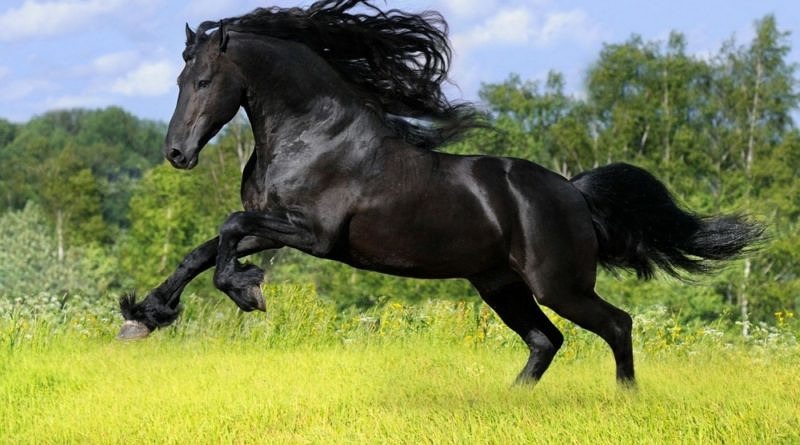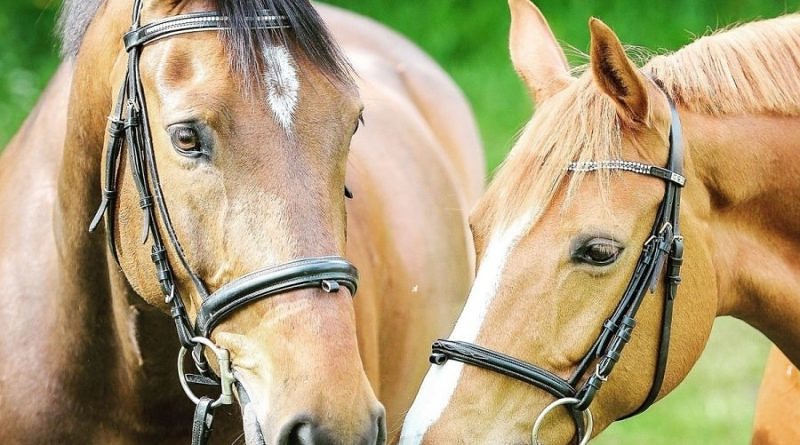Bit fit: How many wrinkles?
Understanding your equipment is fundamental to good horsemanship! Care needs to go into adjusting a horse’s bit so as to promote comfort and communication.
Tack that fits is incredibly important. Many problems can arise due to an ill-fitting saddle so being familiar with correct saddle fit is crucial. We also need to be aware of how to fit the horse’s bridle.
Depending on the type of bridle, one of the major decisions you will need to make is how high to adjust the bit in the horse’s mouth. Chances are that you have been taught or come across one of the ‘rules’ for determining the best height.
Many suggest judging the appropriate position of the bit according to the number of ‘wrinkles’ that form above the corners of the horse’s mouth when the bit is in. Depending on who you ask and which school of thought they happen to follow, you’ll most likely hear one wrinkle or two wrinkles… Or you might be hedging your bets at one and a half!
My clients and students will know that I do not buy into hard and fast rules. Generally, the answer is it depends.
Good decisions come about through an understanding that enables you to then apply your knowledge more broadly. This takes more cognitive effort than blindly following a rule – but it also produces better results.
When it comes to bit adjustment, the very first consideration ought to be the horse’s comfort. Most obviously, the bit needs to be adjusted high enough so as not to clash with the horse’s incisors. It is also important to check for the presence of wolf teeth or conformational factors that may influence bit fit.
Depending on the bit you have chosen and its mechanics, it may be more appropriate to adjust the bit higher or lower. For example, a bit with mobile mouthpieces might need to be positioned with the mobility of those pieces and their potential range in mind, and the thickness of the bit may play a role in your decision-making as well.
Individual horses will also have preferences. A good starting point is to place the bit low but clear of any teeth and see where the horse positions the bit themselves. Most horses will take and hold the bit on their tongue and this is likely to be a good height for that horse. You may find that this position results in a wrinkle or two – or none at all.
If you want to stabilise the bit, look to the bit’s mechanics: for example a fixed ring and unjointed mouthpiece. Understanding how different bits work can really help!
Riders should beware of adjusting the bit so as to mask evasion or dental issues… If your horse is playing with the bit excessively and you crank it up as high as you can, the horse may well stop – but that doesn’t mean that the horse is ‘happy’ now or that you’ve actually solved the problem.
The other major consideration is going to be what is most effective for communication with the horse – which is, of course, the primary purpose of a bit.
Horses learn the correct way to respond to signals from their bit via negative reinforcement. In very simplistic terms, they learn that if they respond to the pressure being applied in a certain way (e.g. by slowing down), that pressure goes away. The next time they feel the same type of pressure, they offer the response that worked the last time and, if the rider is doing their job well, that pressure indeed goes away again.
To make this really clear for the horse, we would ideally want the bit to be adjusted so that in its ‘neutral’ position (i.e. when the rider isn’t using it), it is applying as little pressure of any kind as possible. Typically the way to achieve this would be to adjust the bit so that it isn’t constantly pulling against the horse’s skin when not being used – i.e. not creating wrinkles. By having the neutral state be one that applies as little pressure as possible we ensure that even the lightest engagement of the reins is noticed by the horse. However in practice, we might need to balance this against other considerations.
With these different factors in mind, adjusting a horse’s bridle needs to be done on a case-by-case basis while taking into consideration the individual horse’s comfort, conformation, preferences, the equipment we are using and how it works, as well as our personal training goals. There will never be one simple rule that applies universally to every horse.
Understanding your equipment is so very important when making decisions about tack and fit. When you can apply a fundamental understanding across contexts, you can make informed and effective decisions on a case-by-case basis, which is crucial if you want to do what’s best for you and your horse – as unique individuals.







